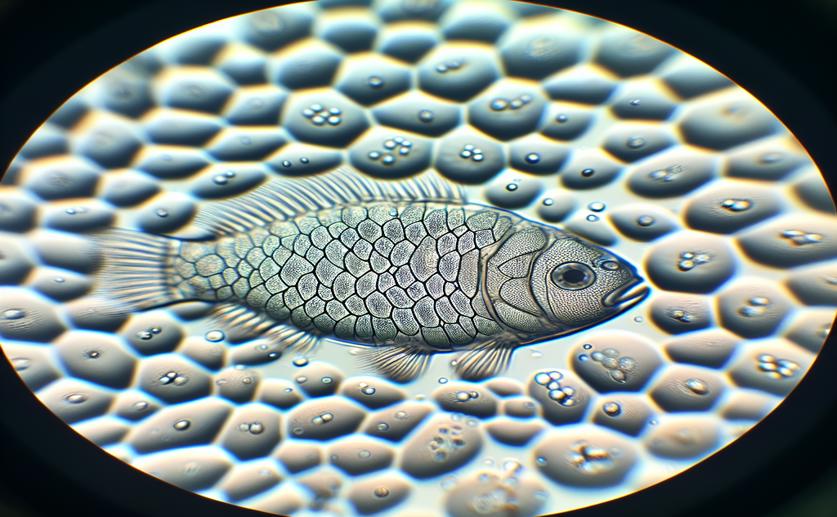
How Carp Cells Adapt to Saltwater Changes Seen Under a Microscope
Jenn Hoskins
26th February, 2024

Image Source: Natural Science News, 2024
BiotechAnimal ScienceMarine Biology
References
Main Study
1) A transmission electron microscopy investigation suggests that telocytes, skeletal muscles, myoblasts, and stem cells in common carp (Cyprinus carpio) respond to salinity challenges.
Published 24th February, 2024
https://doi.org/10.1186/s12917-024-03916-0
Related Studies
2) Two distinctive types of telocytes in gills of fish: A light, immunohistochemical and ultra-structure study.
3) Telocytes of the human adult trigeminal ganglion.
4) Telocytes of the mammary gland stroma.



 21st February, 2024 | Jim Crocker
21st February, 2024 | Jim Crocker